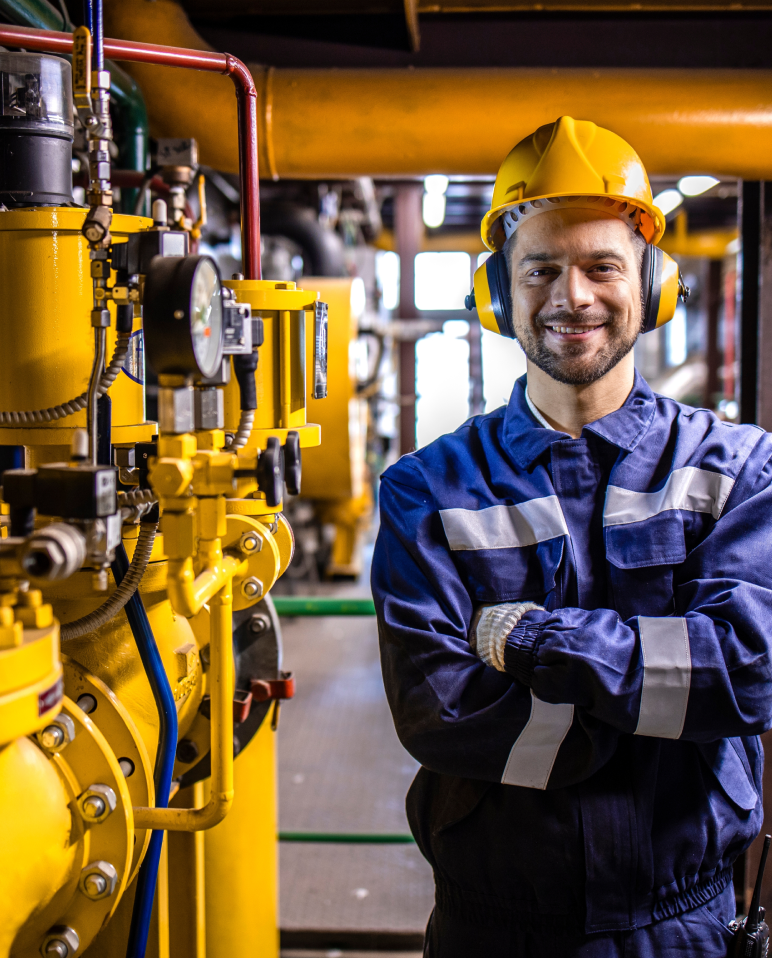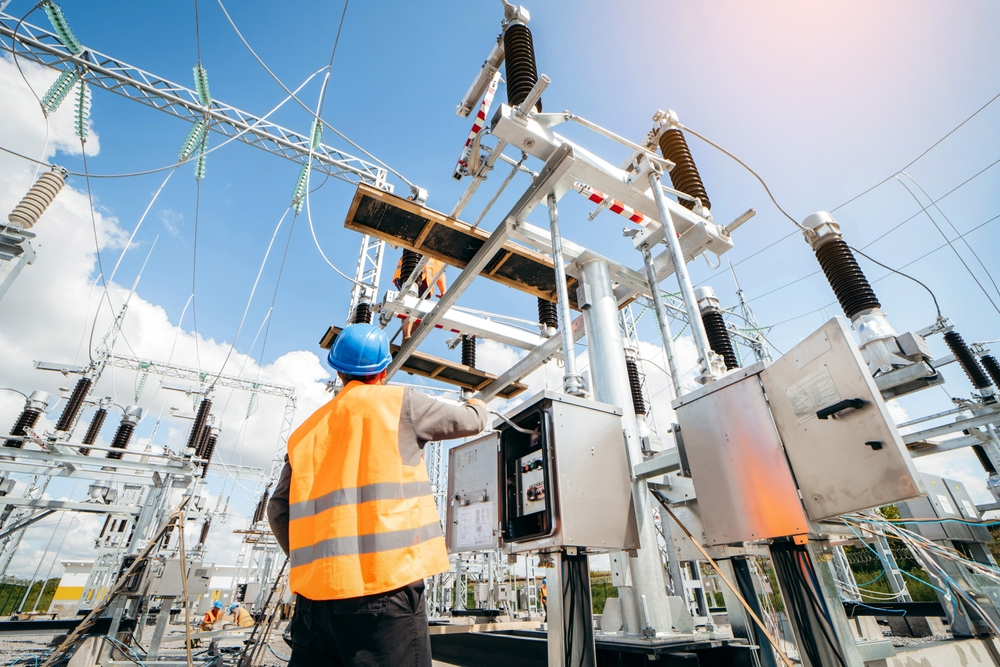The Buzz on Roar Solutions
The Buzz on Roar Solutions
Blog Article
The Single Strategy To Use For Roar Solutions
Table of ContentsSome Known Questions About Roar Solutions.Not known Facts About Roar SolutionsGetting My Roar Solutions To Work
In order to shield installments from a possible surge an approach of evaluating and identifying a possibly dangerous location is needed. The purpose of this is to make certain the proper selection and installment of devices to ultimately prevent an explosion and to make certain safety and security of life.
(https://www.bitchute.com/channel/JJyNq2gAk2M7)
No equipment must be mounted where the surface area temperature of the devices is higher than the ignition temperature level of the provided risk. Below are some typical dust dangerous and their minimal ignition temperature. Coal Dirt 380C 225C Polythene 420C (thaws) Methyl Cellulose 420C 320C Starch 460C 435C Flour 490C 340C Sugar 490C 460C Grain Dirt 510C 300C Phenolic Material 530C > 450C Aluminium 590C > 450C PVC 700C > 450C Residue 810C 570C The chance of the hazard existing in a focus high adequate to create an ignition will vary from location to location.
In order to categorize this risk a setup is split right into locations of threat relying on the amount of time the dangerous exists. These locations are described as Zones. For gases and vapours and dusts and fibres there are three zones. Zone 0 Zone 20 A hazardous atmosphere is very most likely to be existing and may be existing for extended periods of time (> 1000 hours per year) or perhaps continuously Area 1 Zone 21 A dangerous atmosphere is feasible yet not likely to be existing for long durations of time (> 10 450 C [842 F] A category of T6 indicates the minimal ignition temperature is > 85 C [185 F] Hazardous location electrical tools possibly developed for use in greater ambient temperature levels. This would indicated on the ranking plate e.g. EExe II C T3 Ta + 60C( This implies at 60C ambient T3 will not be exceeded) T1 T1, T2, T3, T4, T5, T6 T2 T2, T3, T4, T5, T6 T3 T3, T4, T5, T6 T4 T4, T5, T6 T5 T5, T6 T6 T6 A T Course ranking of T1 suggests the optimum surface temperature generated by the tool at 40 C is 450 C. Assuming the connected T Class and Temperature level rating for the tools are ideal for the area, you can always utilize an instrument with a much more rigorous Department ranking than needed for the location. There isn't a clear solution to this concern sadly. It actually does depend on the kind of devices and what repair services require to be brought out. Devices with details test procedures that can't be executed in the field in order to achieve/maintain 3rd party score. Must come back to the manufacturing facility if it is before the equipment's service. Area Repair By Authorised Worker: Difficult testing may not be needed however certain treatments might need to be followed in order for the devices to preserve its 3rd party rating. Authorized employees should be utilized to perform the work properly Repair need to be a like for like substitute. New component should be considered as a direct replacement requiring no special testing of the devices after the fixing is complete. Each tool with an unsafe rating ought to be assessed separately. These are described at a high level below, however, for more detailed information, please refer directly to the guidelines.
8 Easy Facts About Roar Solutions Described
The tools register is a detailed database of devices records that includes a minimum set of areas to recognize each thing's area, technological specifications, Ex category, age, and environmental data. The ratio of Comprehensive to Close inspections will certainly be identified by the Equipment Risk, which is assessed based on ignition danger (the chance of a resource of ignition versus the possibility of a combustible ambience )and the dangerous area category
( Zone 0, 1, or 2). Implementing a durable Risk-Based Evaluation( RBI )technique is essential for ensuring compliance and safety and security in taking care of Electric Equipment in Hazardous Locations( EEHA).
Unknown Facts About Roar Solutions

In terms of explosive risk, a dangerous area is an atmosphere in which an explosive atmosphere exists (or might be anticipated to be present) in quantities that need special precautions for the building and construction, installment and use of devices. eeha courses. In this short article we explore the difficulties encountered in the workplace, the risk control measures, and the needed expertises to work securely
It is a consequence of modern-day life that we make, save or take care of a variety of gases or fluids that are find more info regarded combustible, and a variety of dusts that are considered flammable. These substances can, in certain problems, create explosive environments and these can have significant and awful effects. A lot of us are acquainted with the fire triangular eliminate any kind of one of the three elements and the fire can not occur, yet what does this mean in the context of hazardous locations? When damaging this down right into its most basic terms it is essentially: a mix of a specific quantity of release or leak of a particular compound or product, combining with ambient oxygen, and the visibility of a source of ignition.
In most instances, we can do little regarding the degrees of oxygen in the air, yet we can have considerable influence on sources of ignition, for instance electrical equipment. Harmful areas are documented on the dangerous area classification drawing and are determined on-site by the triangular "EX LOVER" sign. Right here, amongst other vital info, areas are split into three types depending on the risk, the possibility and duration that an eruptive atmosphere will certainly exist; Area 0 or 20 is considered the most harmful and Area 2 or 22 is regarded the least.
Report this page